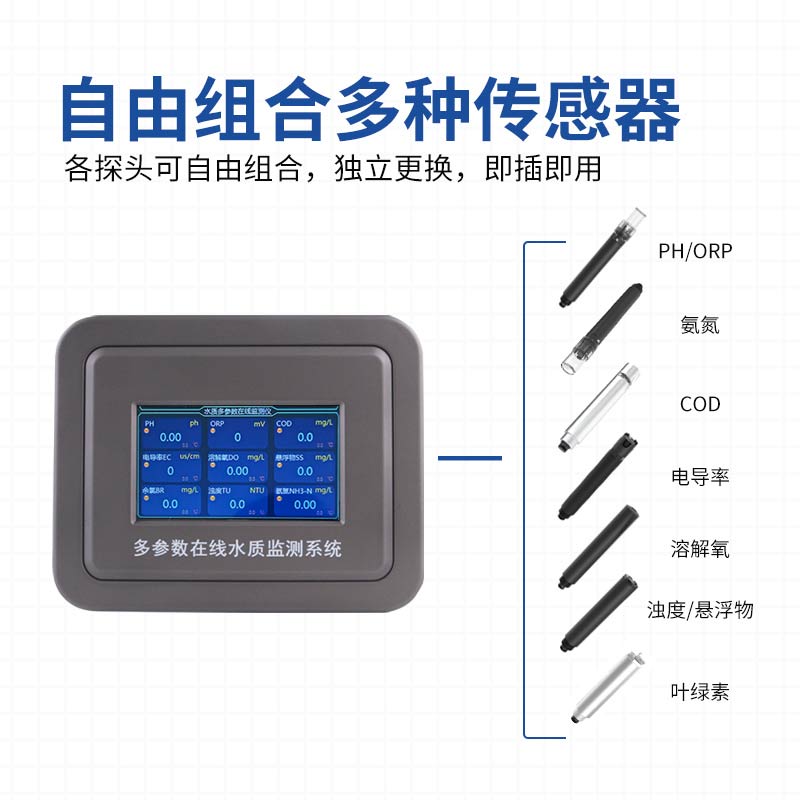Shandong Fengtu IOT Technology Co., Ltd
Sales Manager:Ms. Emily Wang
Cel,Whatsapp,Wechat:+86 15898932201
Email:info@fengtutec.com
Add:No. 155 Optoelectronic Industry Accelerator, Gaoxin District, Weifang, Shandong, China

Sales Manager:Ms. Emily Wang
Cel,Whatsapp,Wechat:+86 15898932201
Email:info@fengtutec.com
Add:No. 155 Optoelectronic Industry Accelerator, Gaoxin District, Weifang, Shandong, China
time:2025-05-19 09:56:00 source:Weather Station viewed:391 time
The pH value of water is a critical indicator for measuring the acidity and alkalinity of water bodies, ranging from 0 to 14. A pH of 7 is neutral, below 7 is acidic, and above 7 is alkaline. In natural water bodies, pH affects the survival and reproduction of aquatic organisms. For example, fish typically thrive in water with a pH between 6.5 and 8.5. Outside this range, physiological processes such as enzyme activity and respiration in aquatic organisms are inhibited, and in severe cases, it can lead to death. In industrial production, wastewater treatment in industries such as electroplating and dyeing, as well as production processes in food and beverage and pharmaceutical industries, have strict requirements for water pH. Improper pH values can affect product quality and even cause equipment corrosion.
Traditional manual methods for detecting water pH have issues such as low detection frequency and poor timeliness, making them difficult to meet real-time monitoring needs. A pH Analyzer can continuously and automatically monitor the acidity and alkalinity of water bodies. The instrument mainly consists of a sensor, a transmitter, and a display controller. The sensor converts the hydrogen ion concentration in water into an electrical signal through a glass electrode and a reference electrode, and finally, the display controller displays the pH value in real time.
In practical applications, pH Analyzers are widely used in wastewater treatment plants to help staff monitor the acidity and alkalinity of wastewater in treatment tanks in real time and adjust treatment processes promptly. At drinking water sources, they can continuously monitor the pH value of water sources to ensure the safety of residents' drinking water. In industrial circulating water systems, real-time monitoring of pH values helps prevent pipeline scaling, corrosion, and other issues caused by abnormal water acidity or alkalinity.

Agrometeorological stations are an important part of the agrometeorological monitoring field...
Soil moisture reflects the moisture condition of the soil, which is usually divided into four levels: wet, damp, moist and dry. Soil moisture monitoring equipment can monitor soil moisture in real time, help farmers understand soil moisture changes in time, guide them to irrigate reasonably, ensure...
In ancient times, without modern technology, it was very difficult for people to predict weather changes. But our ancestors demonstrated their wisdom by observing the sky and animal behaviour to predict the weather. Nowadays, with the advancement of technology, we have advanced weather detection ins...
Multifunctional automatic weather stations add various functions to the previous weather observation equipment, such as wind speed and wind direction sensors, rain barrels, etc. All these instruments have their own different uses and can be used to measure various meteorological elements and can per...